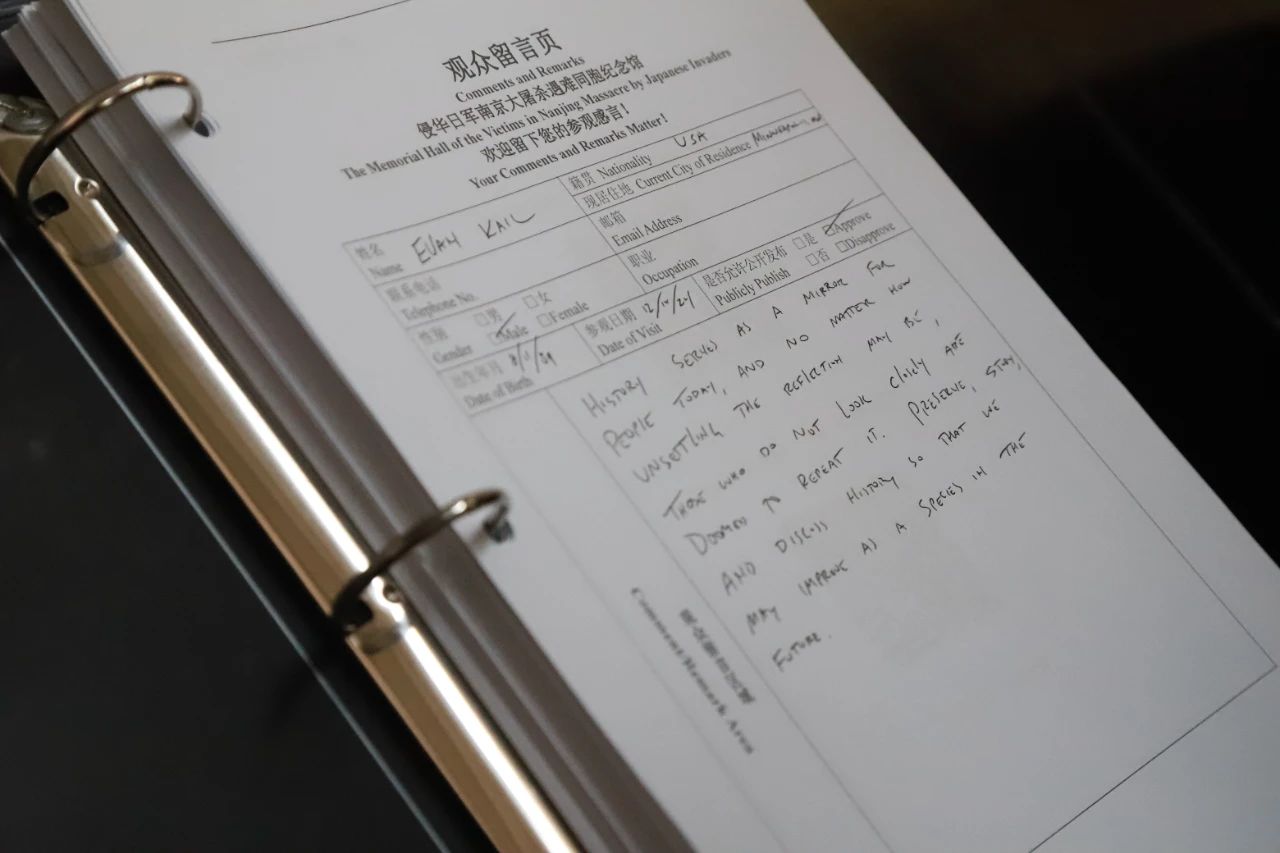On a Winter Weekend, the Memorial Hall Saw a Flood of Visitors
This weekend, the Memorial Hall welcomed visitors from around the world who came together to reflect on an unforgettable chapter of history. The Peace Bell at Jiangdong Gate rang out again under the blue sky, awakening people from their slumber.
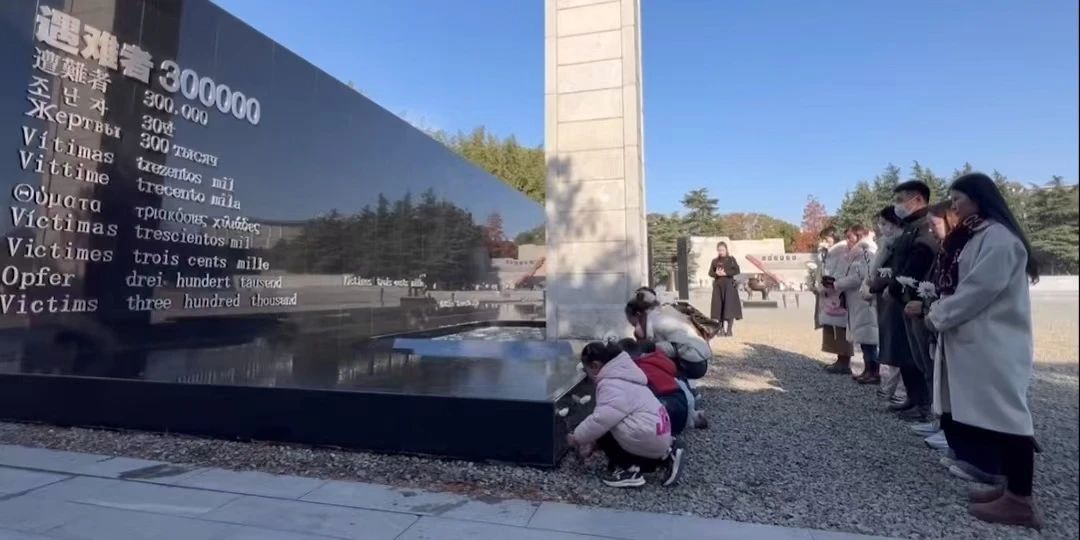
A father visited with his young child, hoping to plant the seed of love for the motherland and peace in his child’s heart.
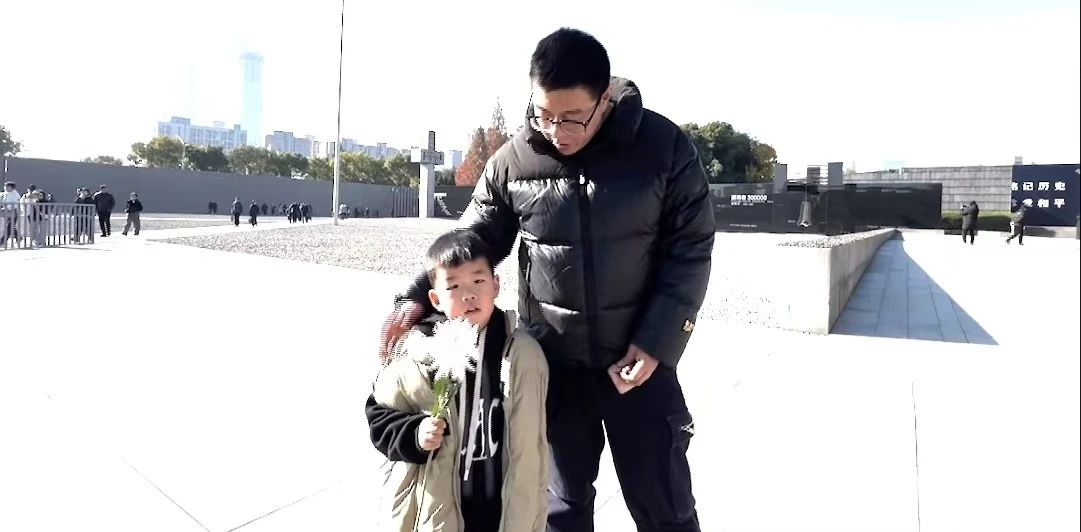
A high school student from Nanjing came to visit during the weekend break. He said, “We must never forget our national humiliation!”
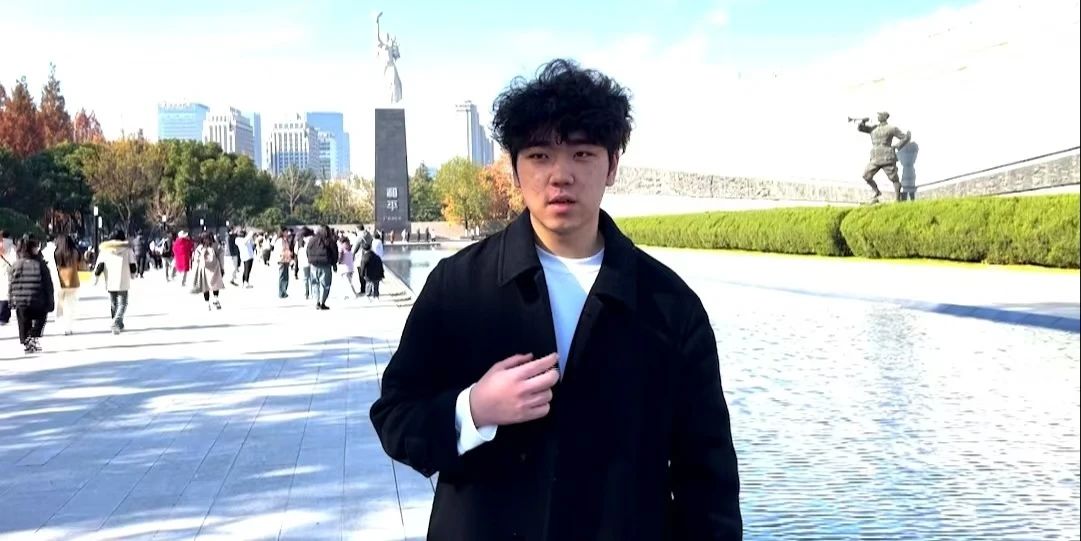
Evan Kail, an American young man, along with 11 other visitors in two groups, rang the Bell of Peace 13 times, symbolizing the remembrance of a significant date – December 13, 1937.
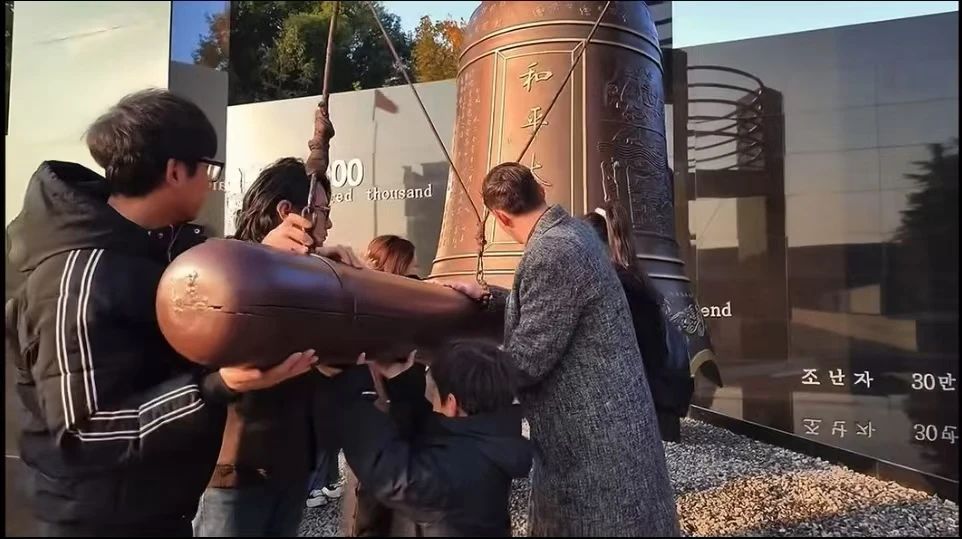
Evan Kail paid close attention to several photo albums in the exhibition hall, containing images of the Nanjing Massacre taken by Japanese soldiers. One of the albums belonged to Ito Kaname, a Japanese airman. On one page of the album, there were four photographs depicting piles of corpses abandoned outside the city wall and near the moat after the Nanjing Massacre. In the upper right corner of this page, the word “tragic” was written. Evan stared at the images intently.

In the Epilogue section, where a video introduced the album of "Jing" Character No. 1 evidence, Evan paused and watched solemnly as 16 photos of atrocities committed by Japanese soldiers—depicting massacres, humiliation, and looting of Chinese civilians—played on the screen.
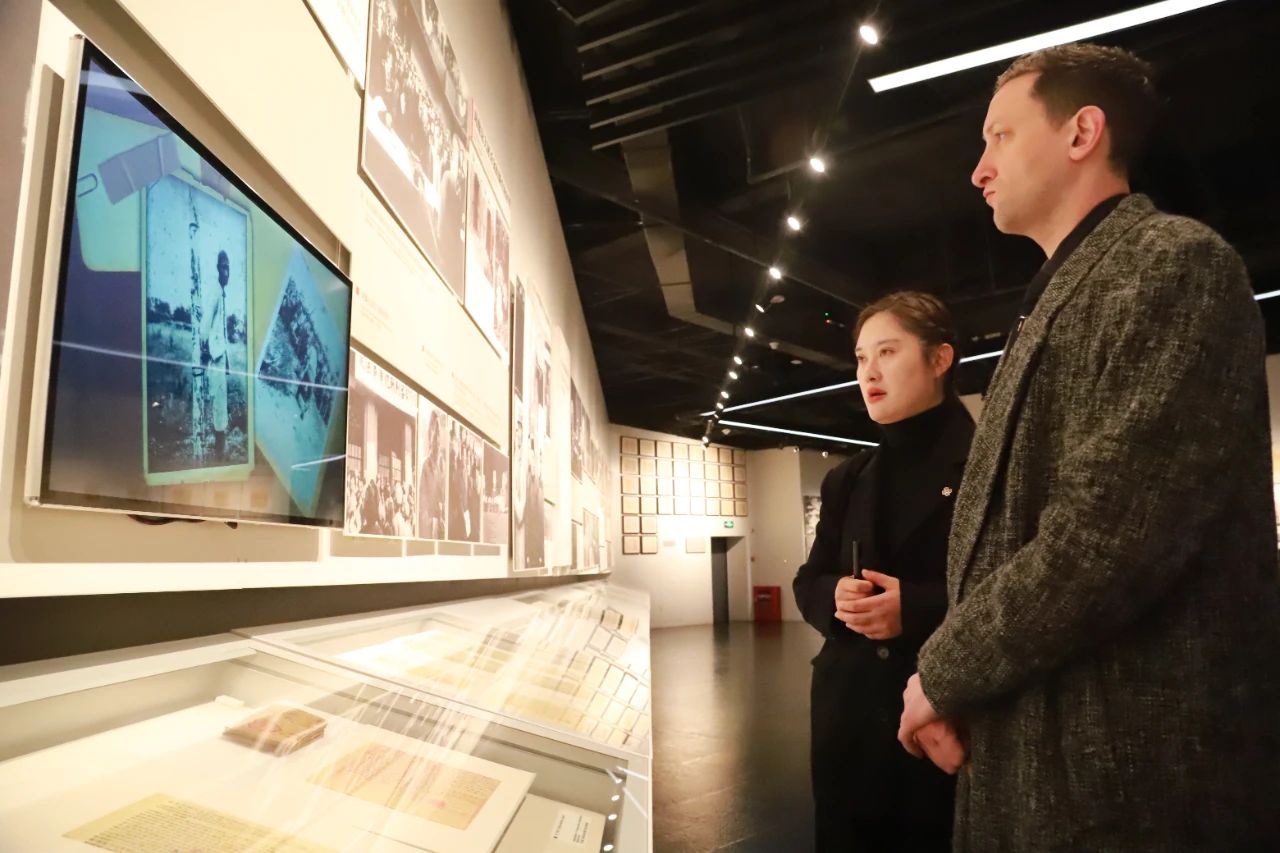
Evan Kail also visited the Mourning Square and the site of “Mass Grave of 10,000 Corpses.” He laid white chrysanthemums at the Memorial Square for Nanjing Massacre victims. In the “Voices of Remembrance” reading event, Evan recited the diary entry from December 3, 1937, written by Robert Wilson, the only surgeon in Nanjing during the Massacre. In the Zijin Grass Peace Cultural Innovation Area, he stamped the commemorative book Inscribed in Memory with the “Disintegration of families” and peace sculpture seals, embedding the historical memory of the Nanjing Massacre and his hope for peace in his heart.

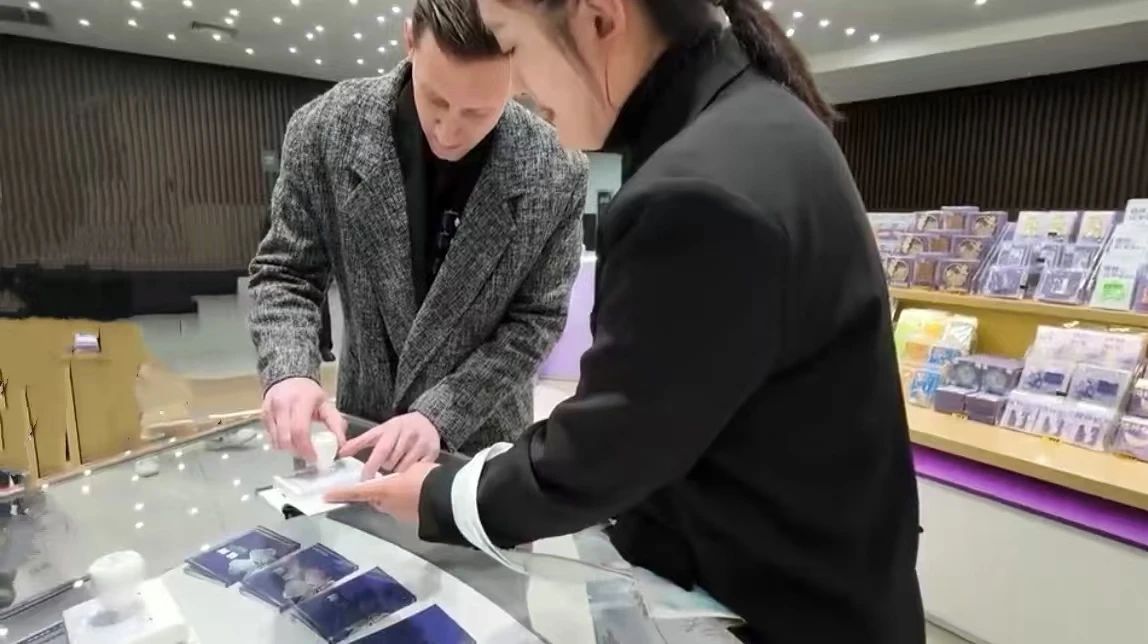
After his visit, Evan Kail wrote in the Comments and Remarks Book: “History serves as a mirror for people today, and no matter how unsettling the refletion may be, those who do not look closely are doomed to repeat it. Preserve, stay, and discuss history so that we may improve as a species in the future.”
